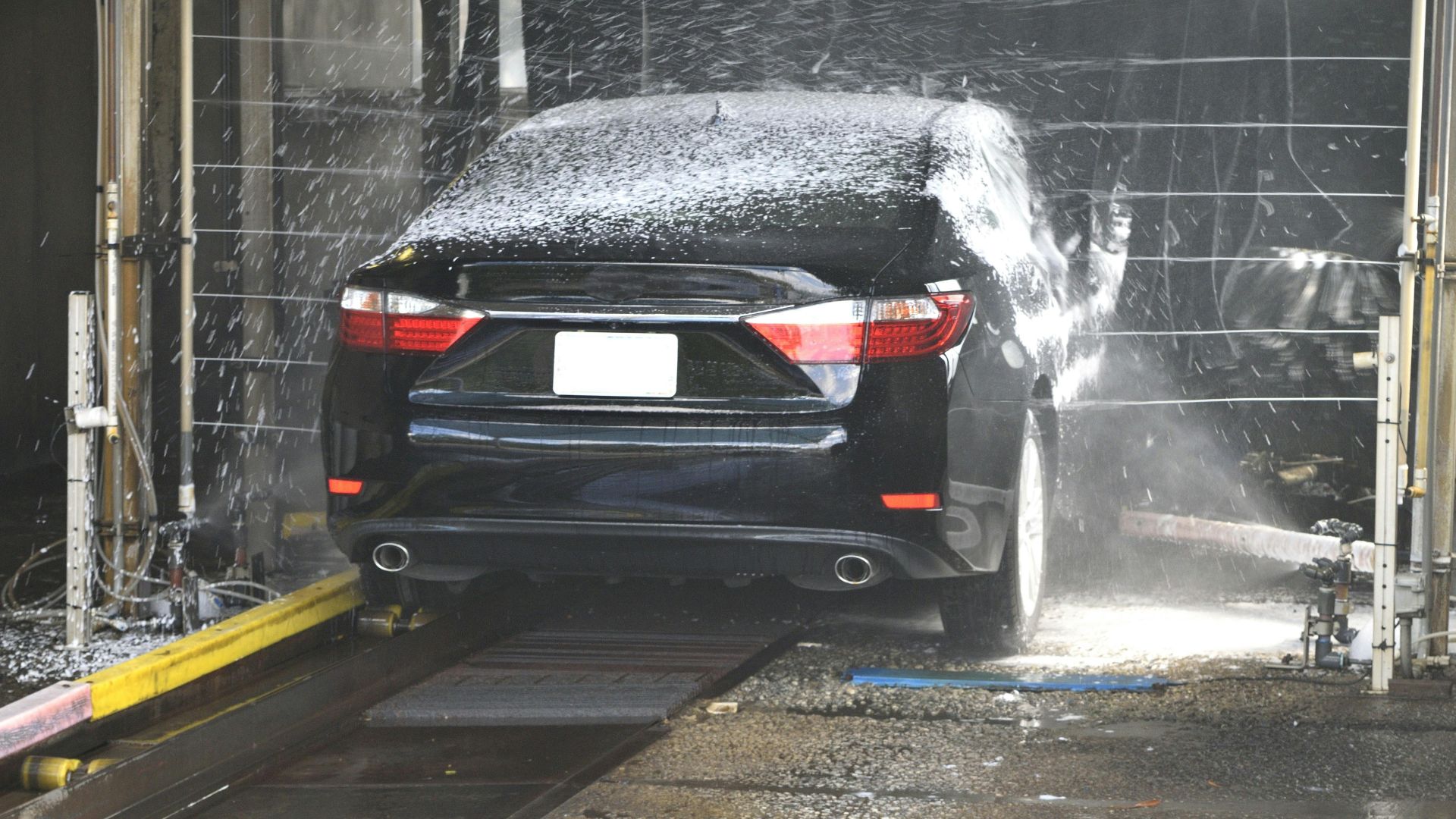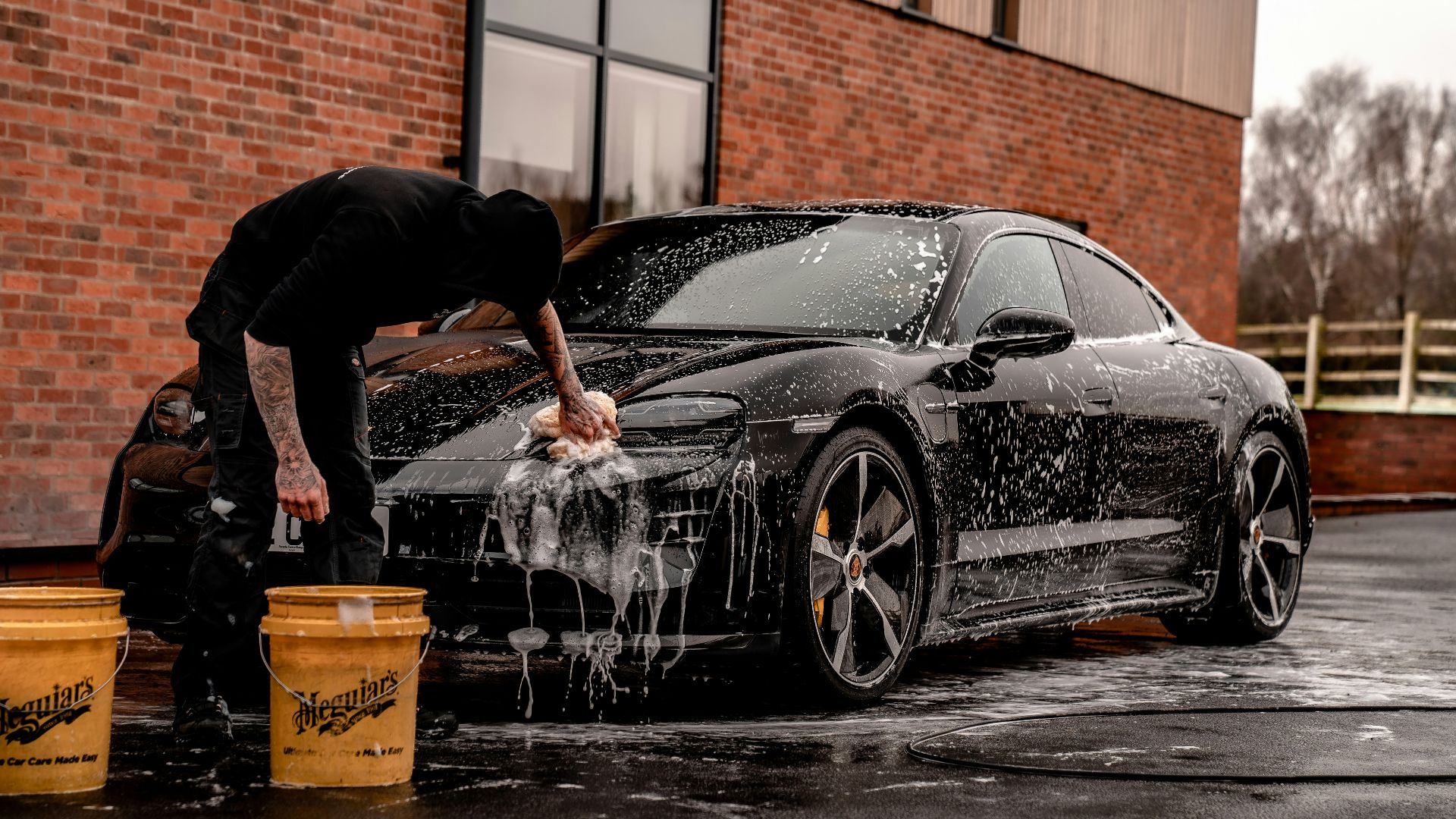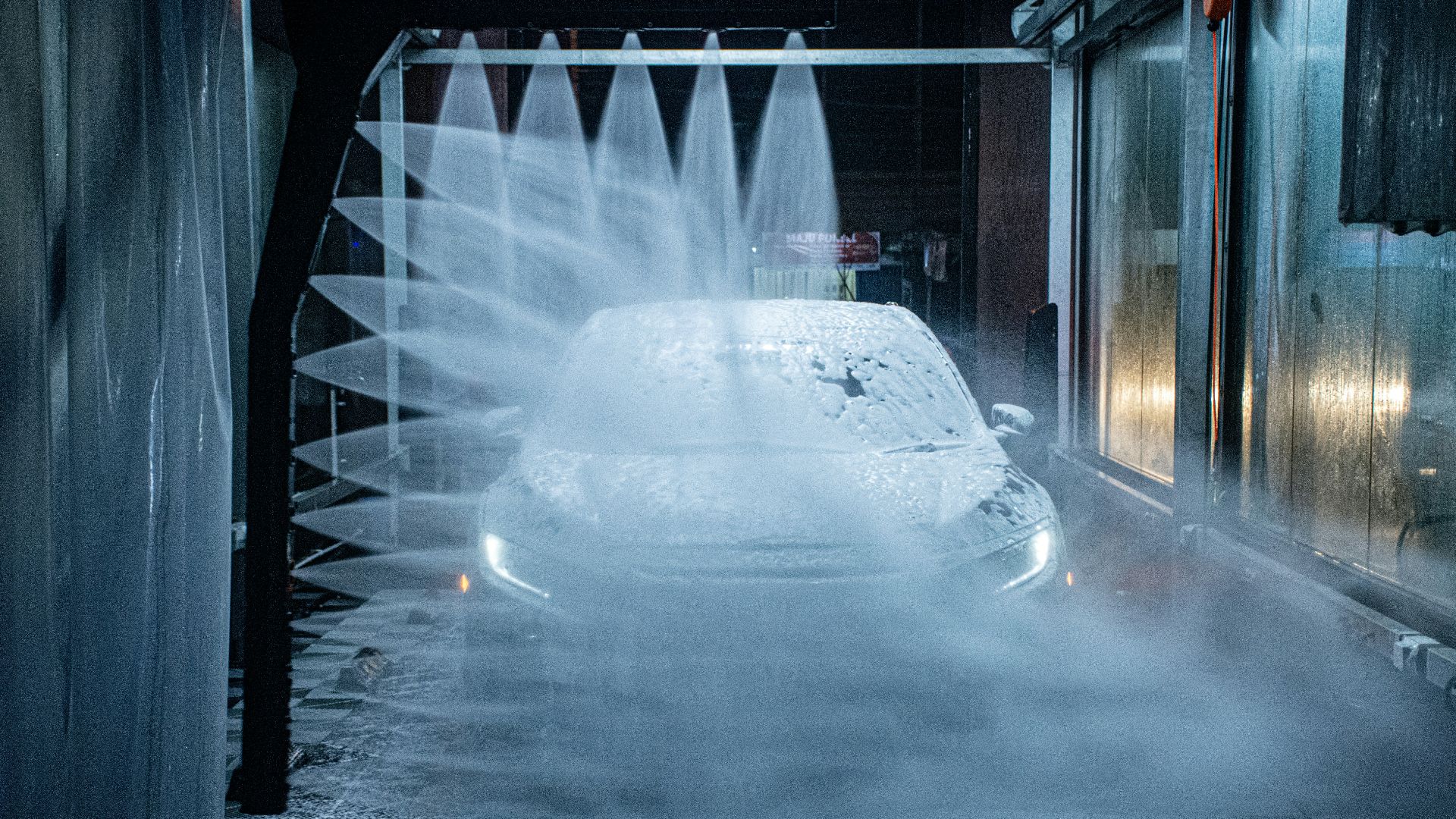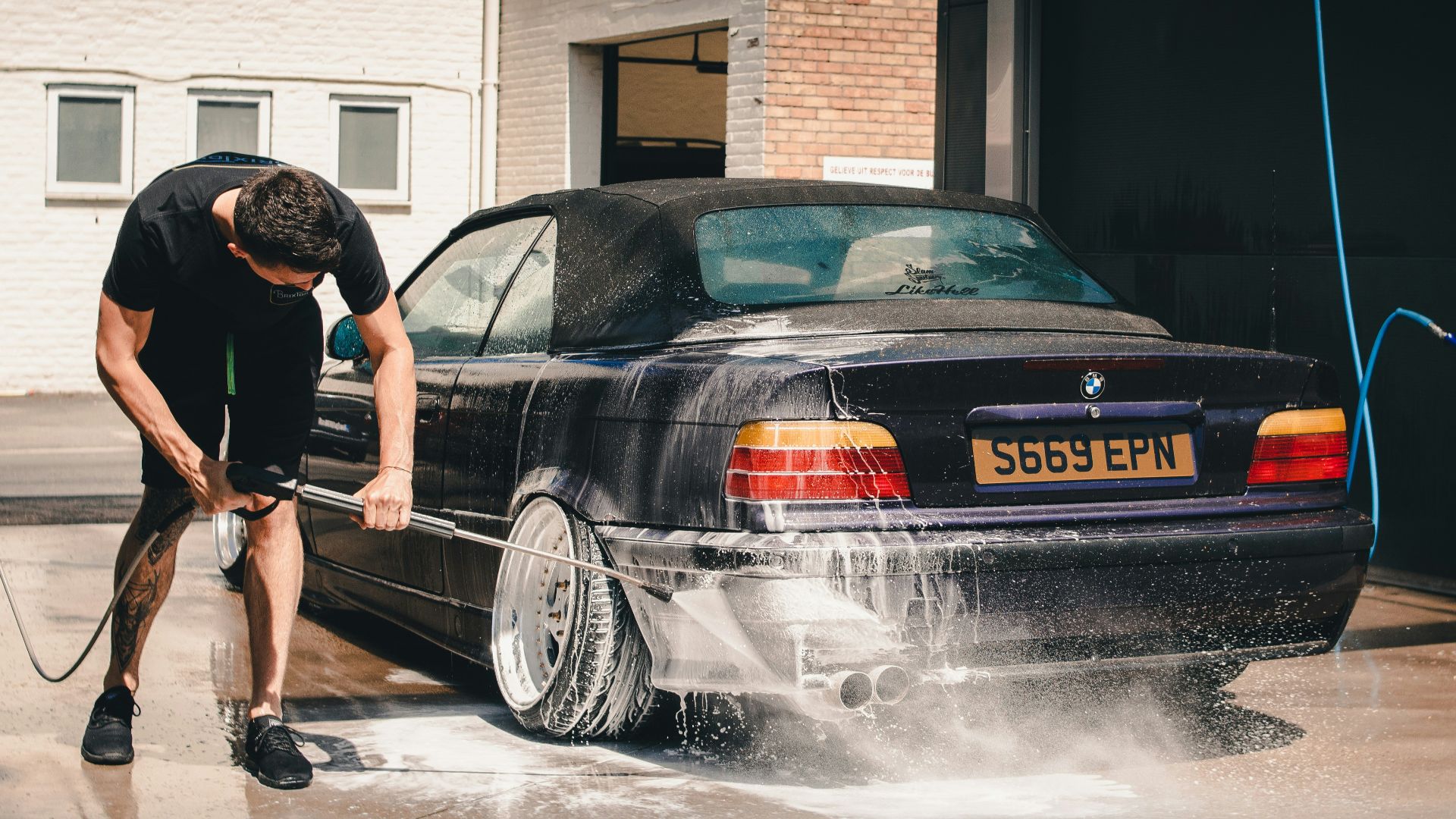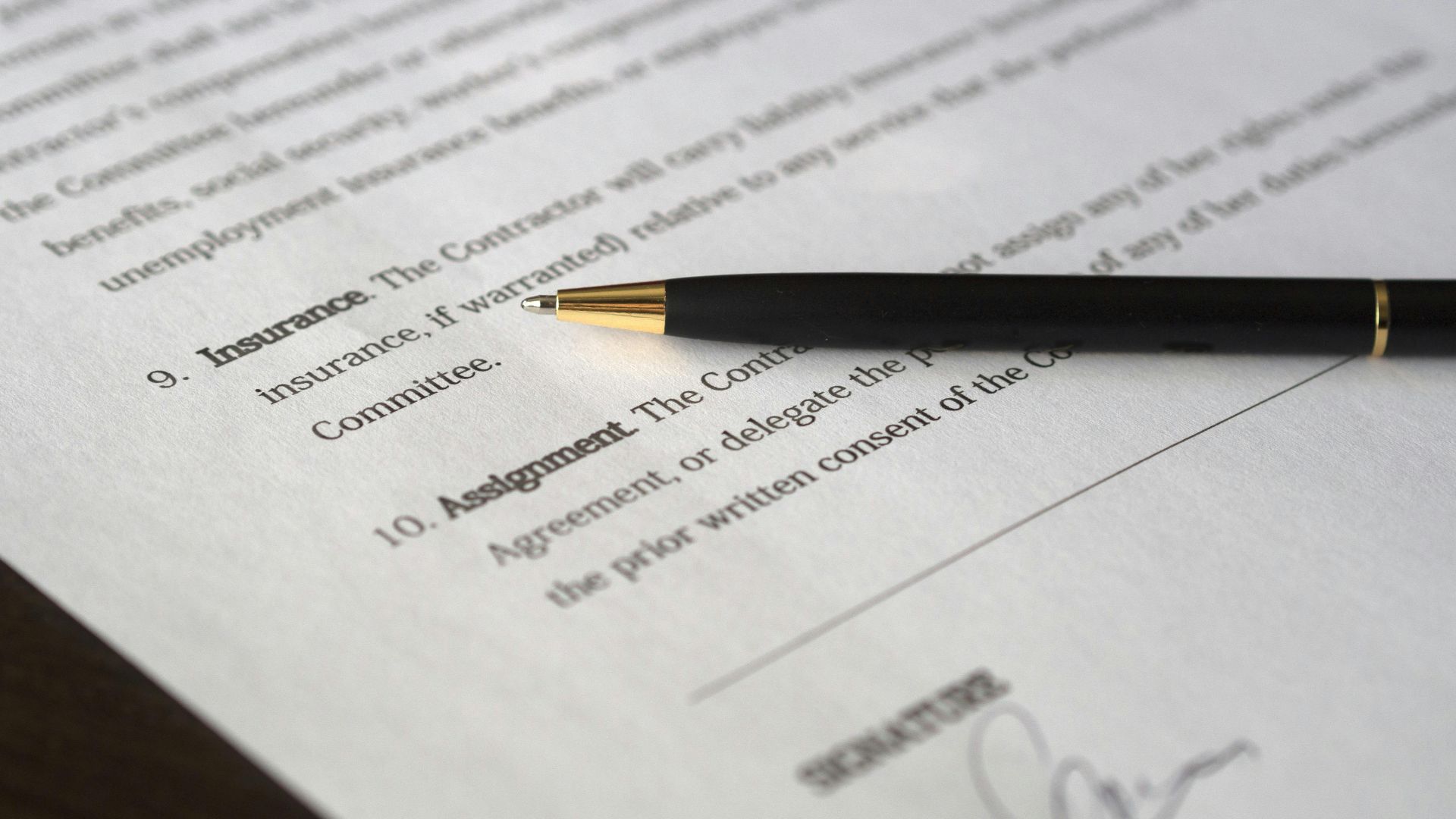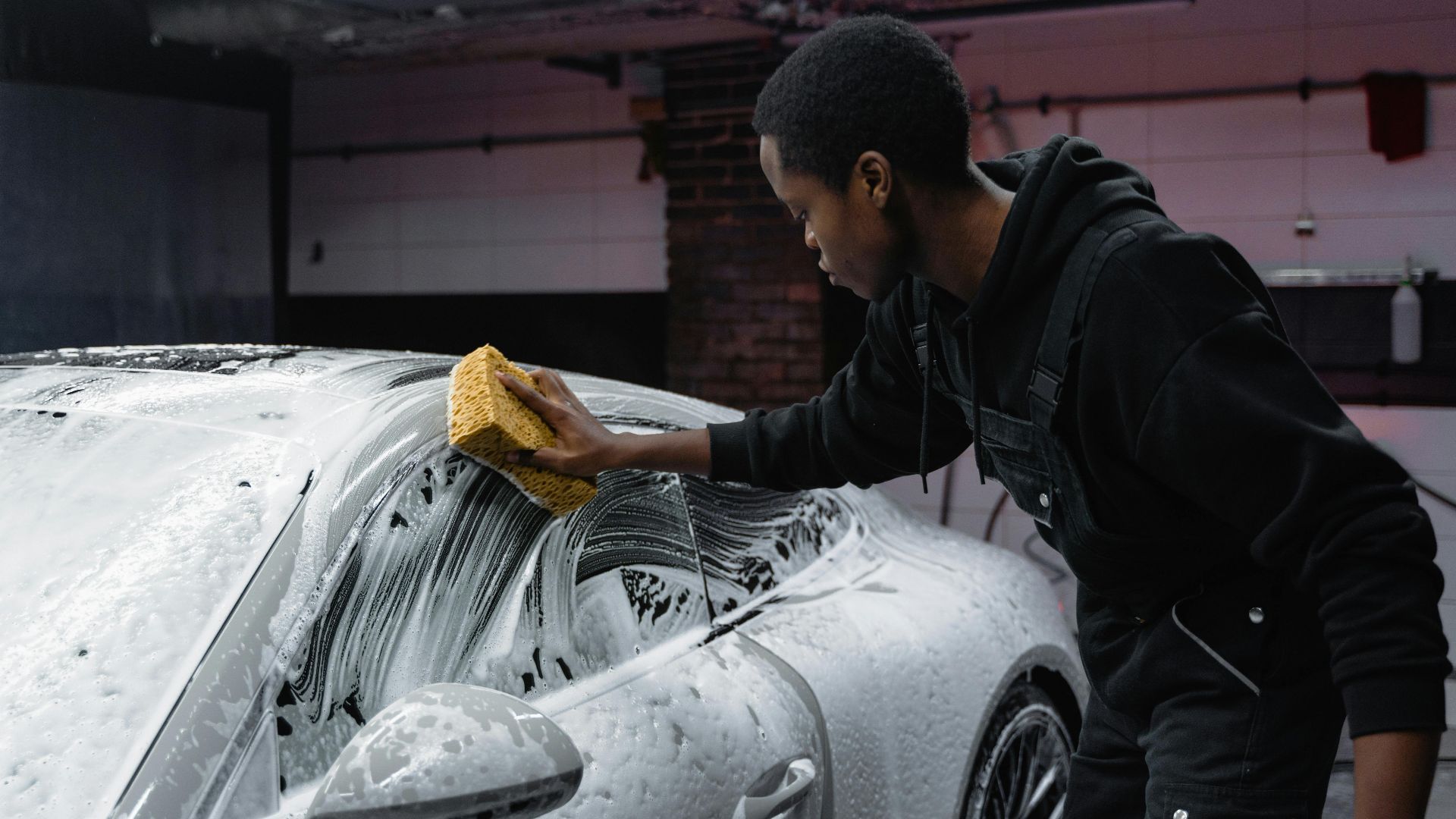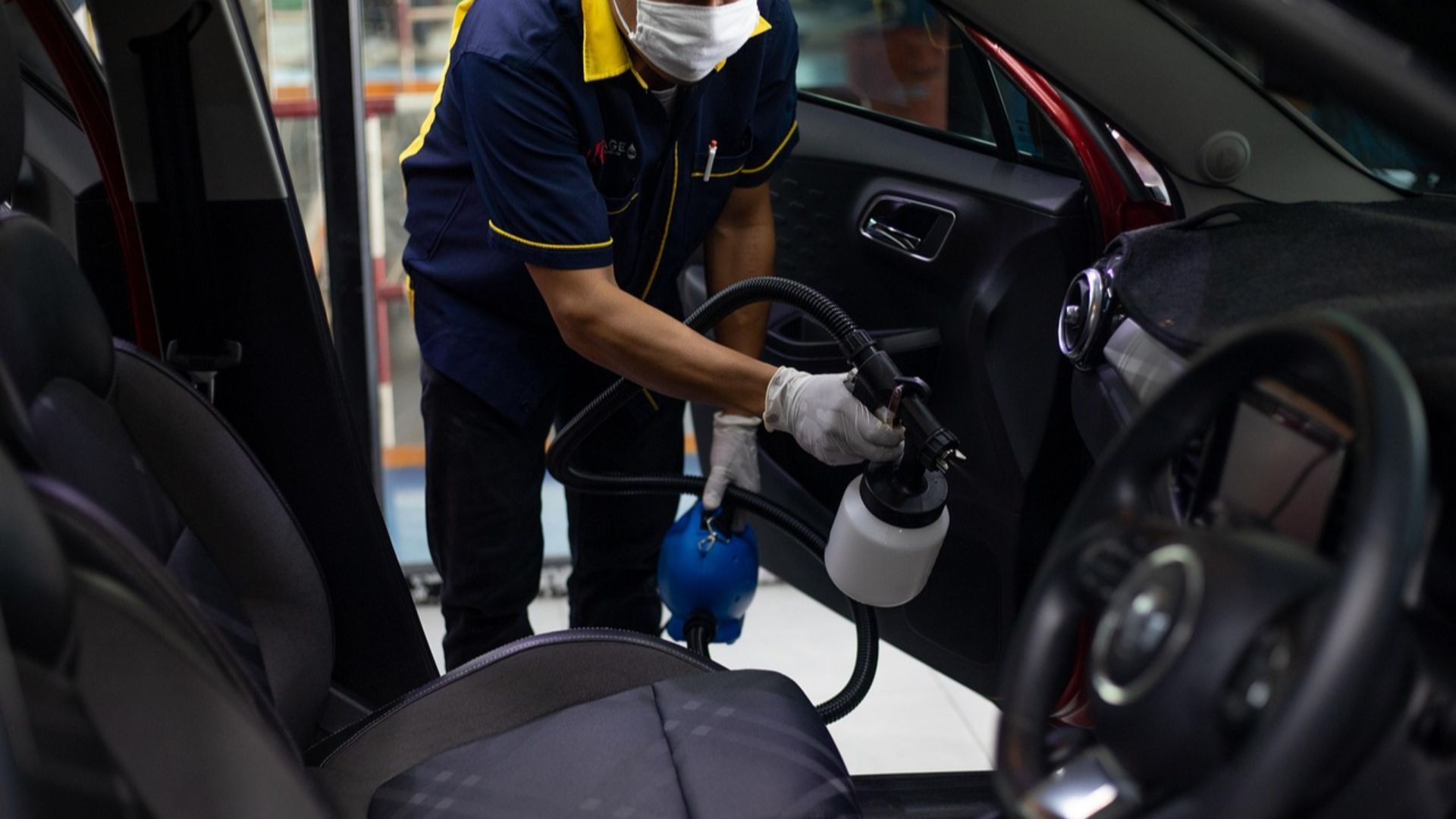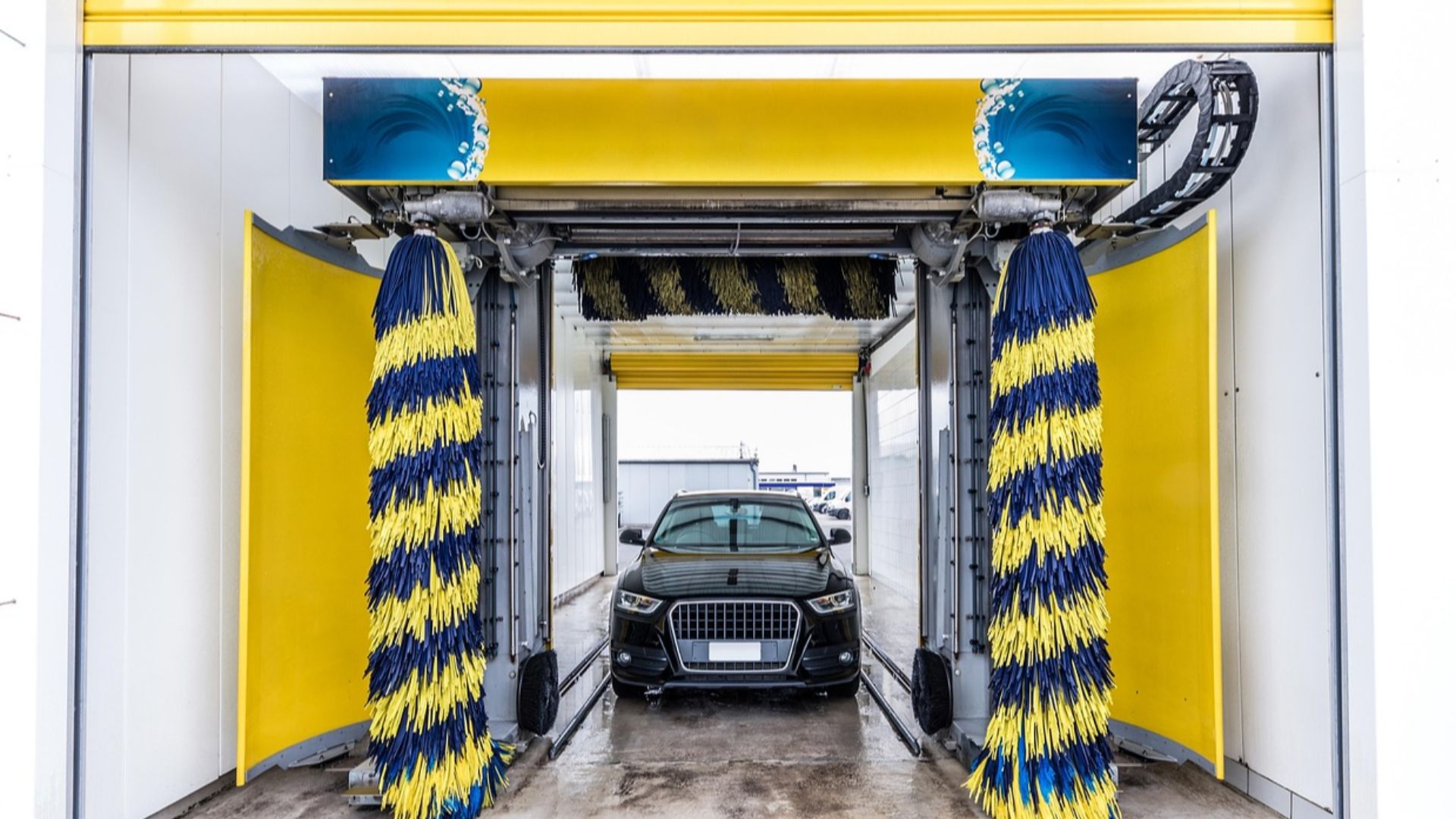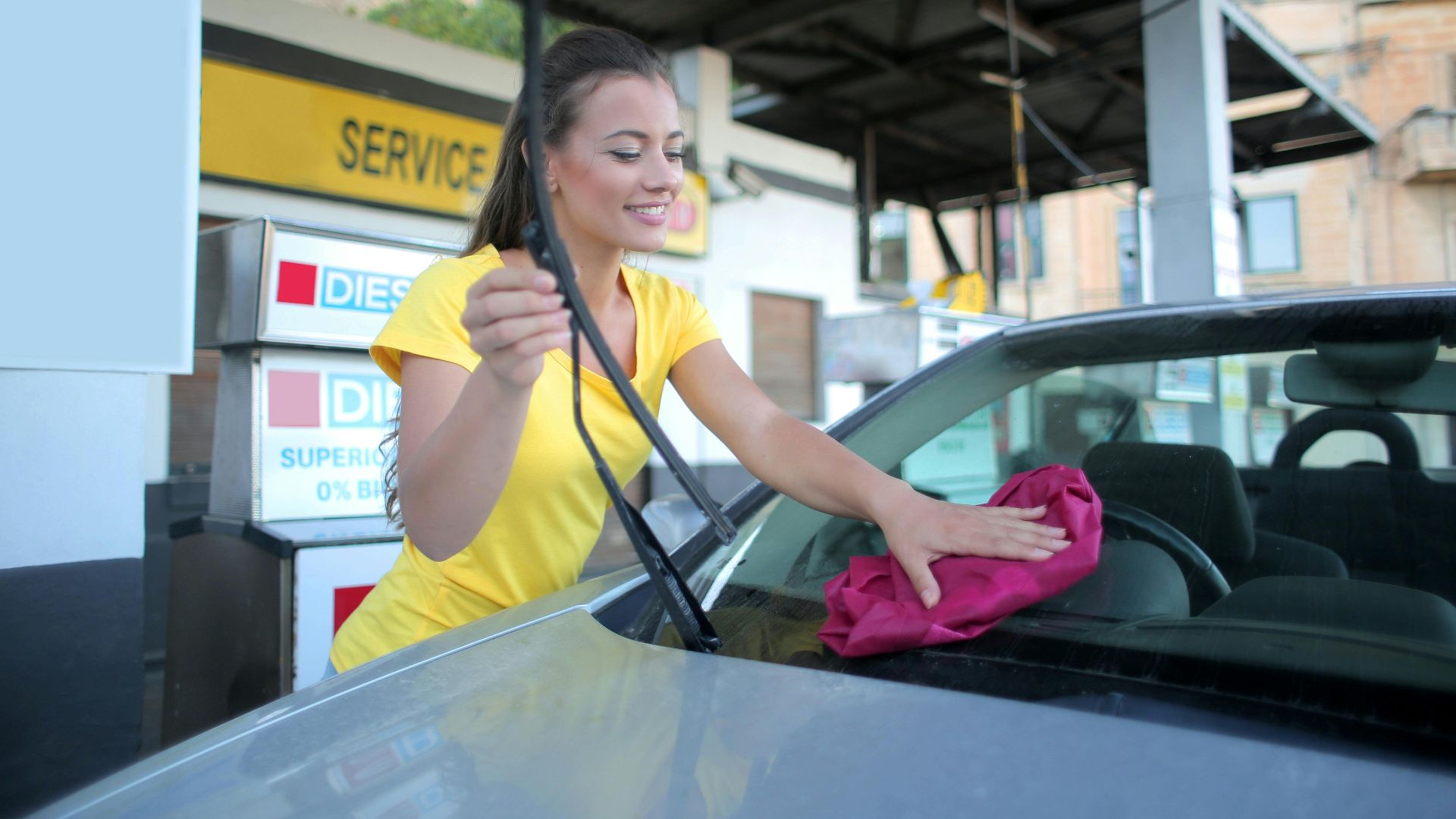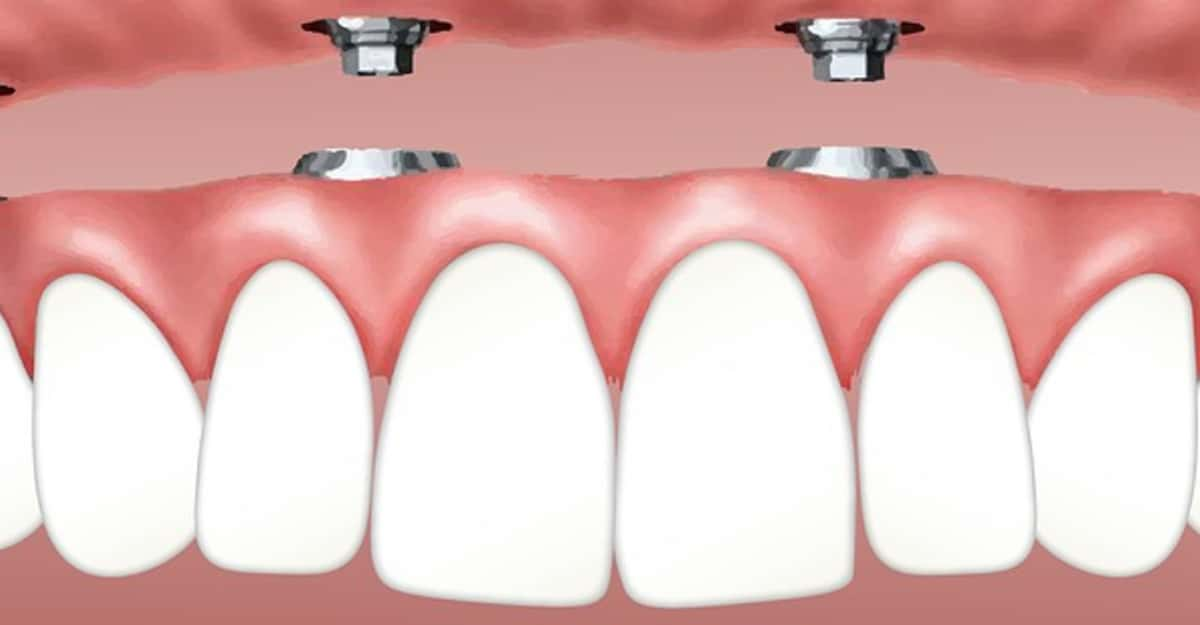A Business With Potential
A car wash business can be a lucrative venture with lots of repeat revenue if you do it right. Th strong margins, repeat customers, and scalable operations of a properly run car wash make it a draw for many entrepreneurs. But success depends on smart planning: location, equipment, compliance, marketing, and cost control all matter. We look at proven strategies to build your roadmap to car wash success.
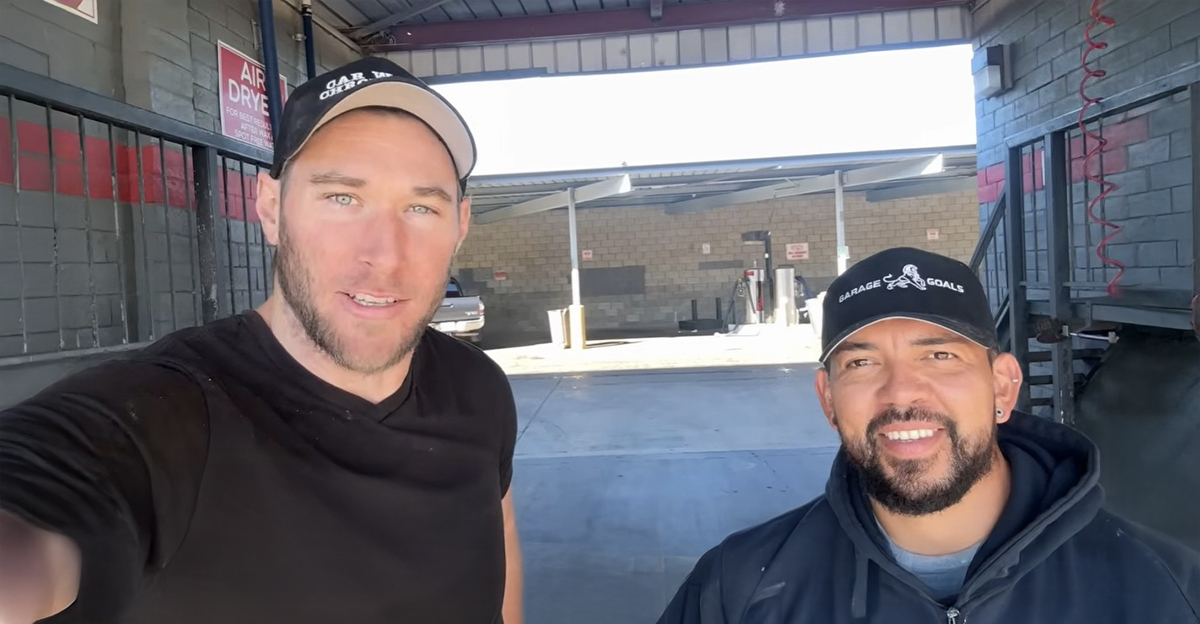
Why A Car Wash Is An Attractive Business
Cars always get dirty. Many owners prefer convenience over time spent washing their own car in their driveway. Car washes offer necessity, not luxury. High repeat rates and steady demand are key ingredients for recurring revenue. Also, many add upsell services like detailing, wax, or interior cleaning for higher margins.
Understand The Key Business Models
There are multiple car wash models: self‑serve bays, automated tunnel washes, full service (hand wash & detailing), mobile on-site washing, and waterless eco washes. Each model has different cost, labor, and scaling profiles. Choose one of these that best fits your capital, location, and market.
Estimate Startup Capital Requirements
Startup costs can vary widely: from tens of thousands for a small self-serve to several hundred thousand for a full-blown tunnel operation. According to Upmetrics, many car wash startups may need as much as $250,000 to $500,000+ including land, equipment, site work, and compliance. Smaller mobile washes can start at $10,000 and go up to $50,000 for start-up costs.
Land, Location & Site Work
Site selection is big for car washes. You’ll need high visibility, easy entry/exit, adequate water supply and drainage, and enough space for queues. If you’re buying or leasing land, include costs for grading, paving, utility hookups, water reclamation systems, and stormwater management.
Essential Equipment & Infrastructure
Core equipment for a car wash includes wash bays, conveyors, high-pressure washes, vacuums, dryers, pumps, water softeners, chemical dispensers, and water reclamation systems. For self-serve, you’ll need coin/card pay stations. For tunnels, conveyors and brushes or touchless systems are major cost drivers.
Water, Permits, And Environmental Compliance
Car washes obviously go through a lot of water. One regulatory hurdle is wastewater discharge. Many jurisdictions will require you to have a water reclamation system to capture runoff, filter it, and reuse or properly treat it. Get the necessary environmental permits, stormwater permits, and always stay in compliance with local wastewater regulations.
Licenses, Permits & Insurance
You’ll need a business license, building permits, plumbing and electrical permits, signage permits, environmental or discharge permits, and possibly health permits if you’re offering interior cleaning. Insurance is a must: general liability, property, equipment breakdown, workers’ comp, and pollution liability all have to be factored in.
Labor, Training & Staffing
Staffing depends entirely on which model you plan to implement. Hand-wash operations require more labor; automated washes need fewer attendants. You must train your employees carefully in safety, chemical handling, customer interaction, and upsell techniques. Staff retention and consistency of results drive quality and reputation.
Marketing & Customer Acquisition
Winning and keeping customers requires both visibility and incentives. Use signage, online marketing (SEO, Google Maps, local ads), loyalty programs, subscription passes, and monthly wash clubs. You can try to partner with local auto businesses or offer fleet washes. Word-of-mouth and consistent service are two of your most powerful assets.
Pricing Strategy & Upsells
Base wash pricing attracts walk-ins, but upsells (wax, protectant, interior vacuum, detailing) can generate high margins. Consider offering your customers subscription models—e.g. unlimited monthly washes for a flat fee. Bundles and tiered packages allow you to upsize the average sale value.
Managing Cash Flow & Working Capital
Initial revenue may take some time to catch up to your expenses. Reserve working capital for payroll, utilities, chemicals, parts, and debt service. Keep a buffer of cash amounting to 3 to 6 months of your operating costs to get you through seasonal dips or equipment downtime for repair and maintenance. Monitor your margins and inefficiencies carefully.
Operating Costs & Profit Margins
Operating expenses include water, electricity, chemicals, labor, maintenance, marketing, insurance, and depreciation. Well-run car washes often achieve net margins of 15–25% and sometimes more. Upsells, fuel surcharges, and memberships are all factors that boost your profitability.
Maintenance & Downtime Prevention
Equipment downtime is a huge revenue killer. Keep that from happening by implementing scheduled maintenance, keeping spare parts on site, training technicians, and maintaining vendor support contracts. Keep filters, pumps, hoses, and brushes clean and in good repair. The ability to respond quickly to breakdowns preserves cash flow and customer trust.
Expansion Strategies
We’re obviously thinking ahead a bit here, but once your initial site is stable and profitable, you’ll want to consider opening additional locations, introducing new service lines (detailing, oil change bays, express lube), or acquiring existing washes. Shared management, bulk chemicals, and brand identity will help you scale operations.
Risk & Potential Drawbacks
Risks include heavy capital requirements, regulatory complexity, water shortages or permitting issues, seasonal fluctuations, equipment breakdown, competition, or rising utility costs. Don’t underestimate the always real possibility of vandalism and theft. Poor management or undercapitalization is often a recipe for failure.
Seasonal & Weather Variability Can Be A Factor
Demand often varies with weather and seasons. Plan for off-season dips with promotions, loyalty programs, or better offers on interior services. Indoor or covered bays may lighten the weather impact but cost more to build. Diversification helps.
Monitoring KPIs & Performance Metrics
Stay on top of things by tracking metrics like: wash count per day, average ticket price, revenue per bay, chemical cost per wash, utility cost per wash, labor cost percentage, retention rate for subscribers, and service upsell conversion. These performance indicators help you target operational improvements.
Choose Technology & Automation
Modern car washes integrate technology: automated point-of-sale, mobile apps, wash membership systems, remote monitoring, and smart chemical systems. Automation reduces the chances of errors, improves consistency, and enables scalability.
Customer Experience & Reputation
Quality, consistency, cleanliness, staff courtesy, facility aesthetics, and speed are the keys that bring repeat customers. Monitor feedback (reviews, surveys) and always respond to complaints quickly. Satisfied customers drive referrals and loyalty.
Exit Strategies & Business Valuation
When you're ready to exit or sell, strong recurring revenue, clean books, and growth potential are what matter most to buyers. Clean environmental compliance, maintained equipment, and documented procedures enhance value. Car washes often sell at 3–5× EBITDA (earnings before interest, taxes, depreciation, and amortization) multiples.
Final Thoughts
Starting a car wash demands serious planning, capital, and operational discipline. It offers steady demand, repeat customers, scalable models, and healthy margins. With the right location, team, and systems in place, you could build a profitable and lasting enterprise.
You May Also Like:
This Is The One Simple Change You Need To Make To Grow Your Business Fast


